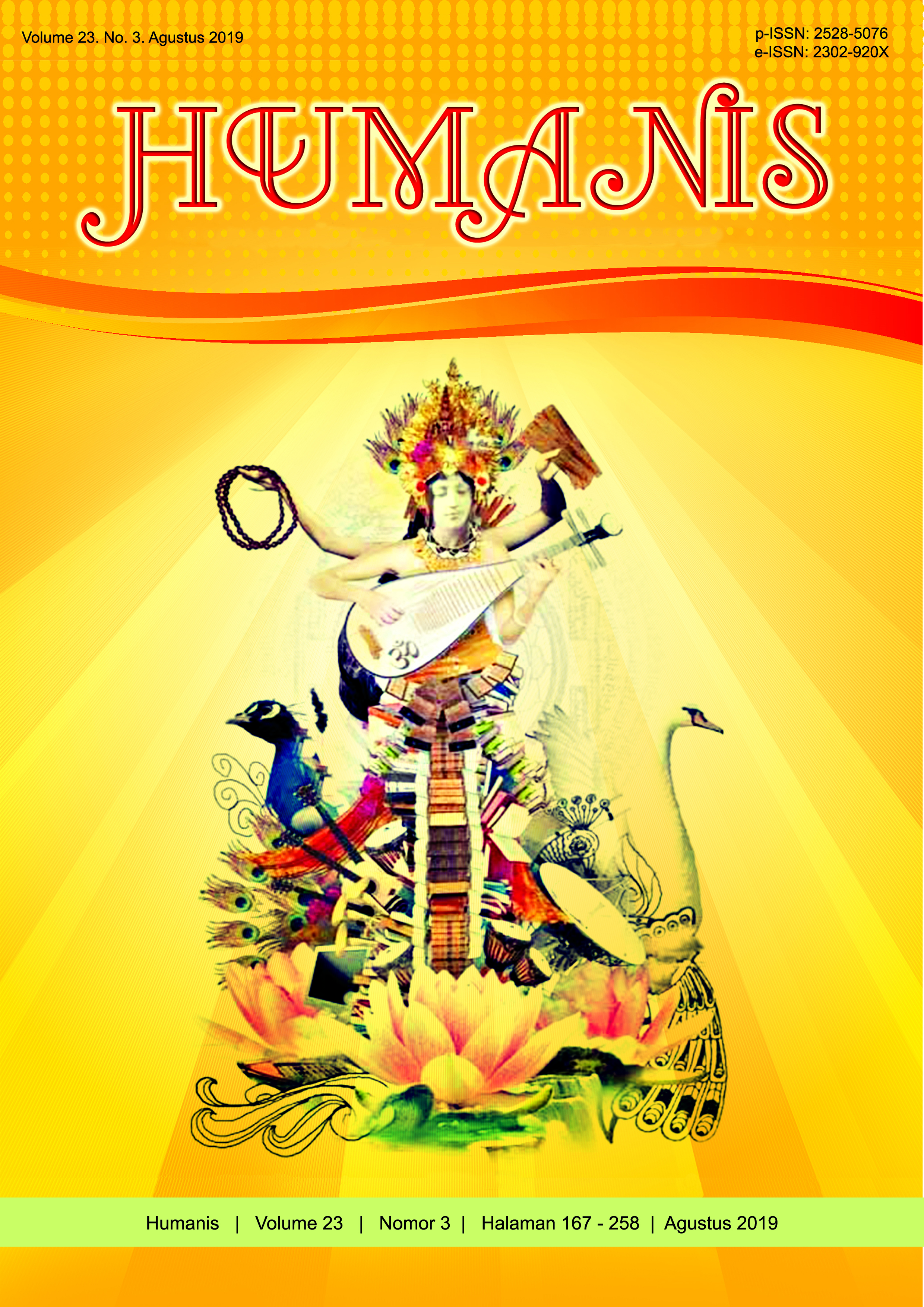Mobilitas Migran Islam Jawa di Kuta Selatan Tahun 1974-2017
Abstract
This study discussed the dilemma of dependence and fear which was experienced by Hindus in South Kuta to the Javanese Islam migrant on 1974-2017. The problems of the study are formulated as follows: (1) Why is there a big amount of migrations in South Kuta? (2) How are the process and intensity of the migration happened in South Kuta? (3) What are the implications of fear and dependence of the Hindus in South Kuta to the Javanese Islam migrant?. This study used Social history methodology. The theory used in this study was the theory of migration proposed by Everett S.Lee. The result of the study revealed that there are a new finding in this study is the push factor of migration, religion factor, as a unifier, and work ethic (entrepreneurship) which happened to this Javanese Islam migrant. Another pull factor phenomena is the existence of various ceremony within the Hindus in South Kuta as well as the lifestyle of the South Kuta Hindus which is consumptive, hence they are easily used by this Javanese Islam Migrant.
Downloads
References
Dwipayana, Ary. 2005. Globalism: Pergulatan Politik Representasi atas Bali. Denpasar: Uluangkep Press.
Haris, Abdul. 2005. Gelombang Migrasi & Jaringan Perdagangan Manusia. Yogyakarta: Pustaka Pelajar.
Kesuma, Andi Ima. 2004. Migrasi & Orang Bugis. Yogyakarta: Penerbit Ombak.
Lee, Evert S. “A Theory of Migration”, dalam Demography, Volume 3. No. 1, 1966.
Manning, J. Chris dan Tadjuddin Noer Effendi. 1985. Urbanisasi, Pengangguran, dan Sektor Informal di Kota. Jakarta: Gramedia Pustaka Utama.
Mashad, Dhurorudin. 2014. Muslim Bali: Mencari Kembali Harmoni yang Hilang. Jakarta: Pustaka Al-Kautsar.
Nordholt, Henk Schulte. 2007. Bali Sebuah Benteng Terbuka dalam buku Politik Lokal di Indonesia. Jakarta: Yayasan Pustaka Obor Indonesia.
Speech Mr. Wiweko at Opening of Nusa Dua Beach Hotel, Desember 17, 1982 (Dokumen Koleksi Arsip Nasional Republik Indonesia). 2018.


















